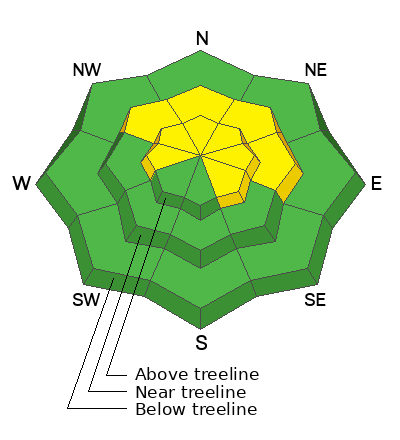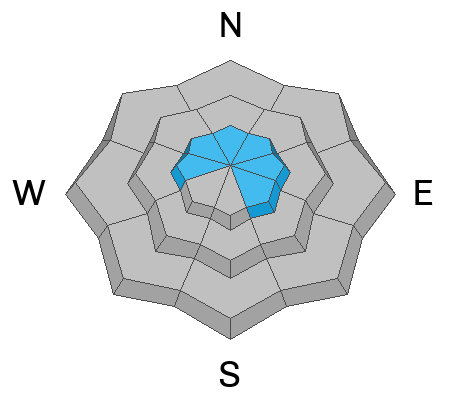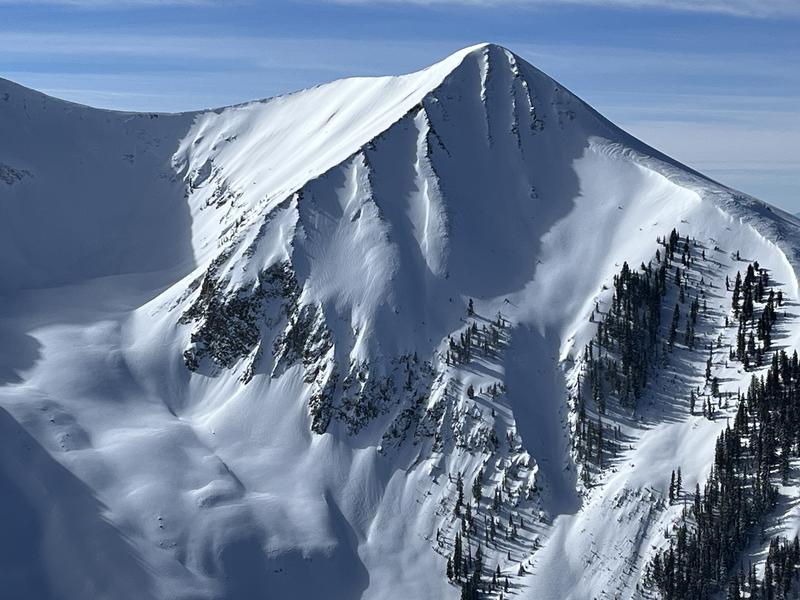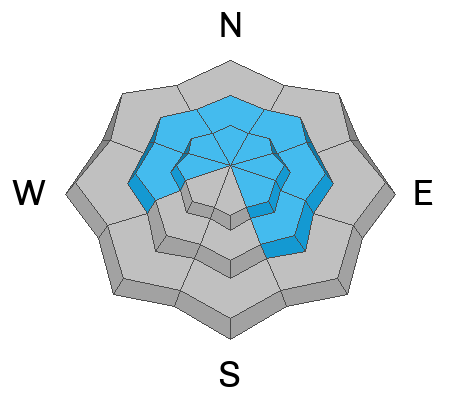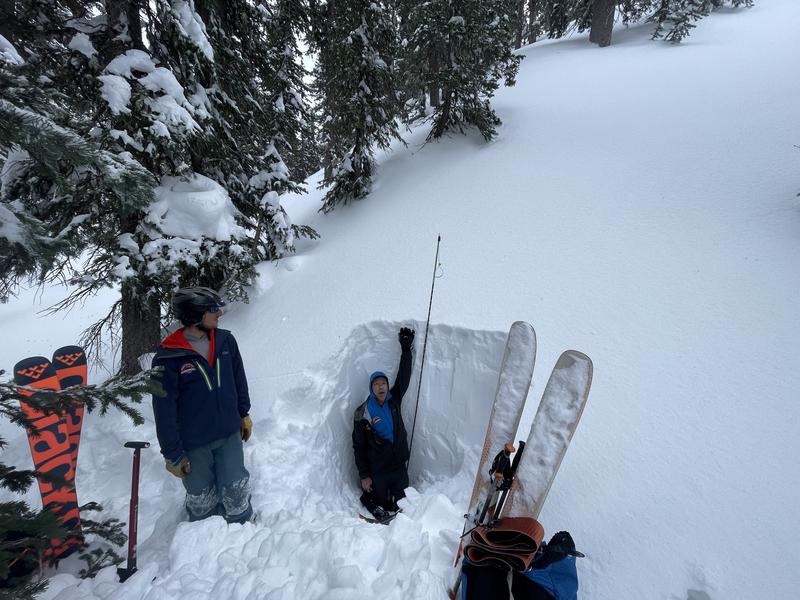Road Conditions: The road is plowed but areas of soft snow exist near the top. AWD and good tires recommended.
Grooming: All trails were groomed yesterday and conditions are excellent.
24 Hour Snow 0" 72 Hour Snow 0" Season Total Snow 138" Base Depth at Gold Basin 59"
Winds on Pre Laurel Peak SSE 20-25 G33 Temp 28F
Warm, cloudy, and breezy conditions will characterize the day as the next storm moves into the region. Snowfall should begin sometime tonight and continue through Sunday. Though the automated NWS point forecast is throwing out some impressive totals, I'm thinking 8"-12" seem a fair bet at this time. I'd be happy to be proven wrong! The storm train continues with another system on track for Monday night into Tuesday, and yet another weaker system later in the week.
General Conditions
At around 200% of normal for this time of year, coverage is excellent and a generally deep and strengthening snowpack can be found in most areas. Near treeline and below, the November persistent weak layer is deeply buried and difficult to affect, but in the wind zone, the overlying slab is thinner and there is a greater abundance of shallow, rocky trigger points. In these areas, the odds of triggering a slide on the persistent weak layer are greater. In addition, strong winds early in the week built stiff slabs of wind drifted snow on leeward slopes. Recognizable by their smooth, rounded appearance, a triggered wind slab could step down to the persistent weak layer causing a deeper and more dangerous avalanche.
In our travels on Thursday, we dipped our toes into avalanche terrain for the first time this season. We remained cautious and continued to avoid steep wind drifted slopes as well as slopes with convex features. We didn't jump into any chutes, and we avoided areas of steep, rocky, more radical terrain. Consider your slopes carefully as you begin to venture out. Things are starting to turn the corner, but it's not yet green light, and deep and dangerous avalanches remain possible.
Snowpack and Weather Data

